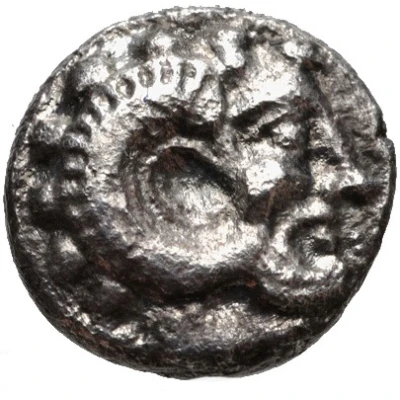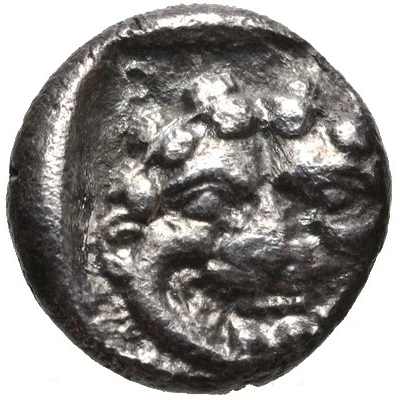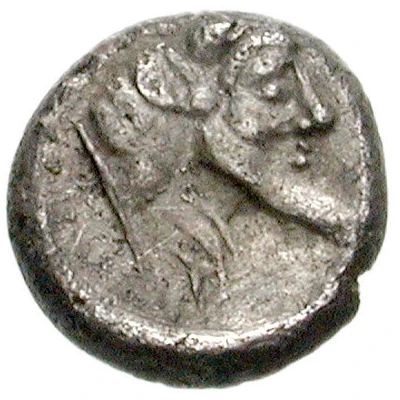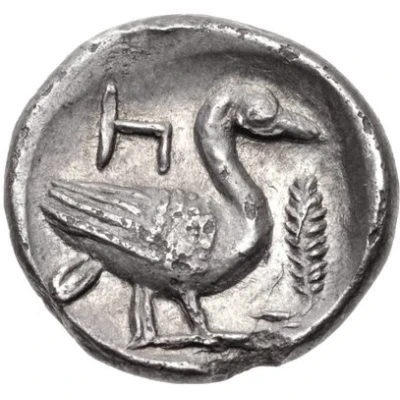


© Classical Numismatic Group, Inc.
Obol 400 BC - 300 BC
| Silver | 0.70 g | 8.0 mm |
| Issuer | Mallos (Cilicia) |
|---|---|
| Type | Standard circulation coin |
| Years | 400 BC - 300 BC |
| Value | Obol (⅙) |
| Currency | Drachm |
| Composition | Silver |
| Weight | 0.70 g |
| Diameter | 8.0 mm |
| Shape | Round (irregular) |
| Technique | Hammered |
| Orientation | Variable alignment ↺ |
| Demonetized | Yes |
| Updated | 2024-10-09 |
| Numista | N#177218 |
|---|---|
| Rarity index | 100% |
Reverse
Facing gorgoneion and the letters M-A in lower quarters
Script: Greek
Lettering: M A
Comment
Unpublished.
Interesting fact
The Obol coin from Mallos (Cilicia) was used as a form of currency in the ancient Greek city of Mallos, which was located in the region of Cilicia in modern-day Turkey. The coin features an image of a lion's head on one side and an inscription on the other side that reads "MALLOS". The use of lion imagery on the coin may have been a symbol of the city's strength and power. Additionally, the fact that the coin was made of silver suggests that it was a valuable and widely accepted form of currency in the region.



